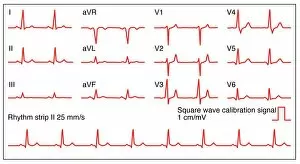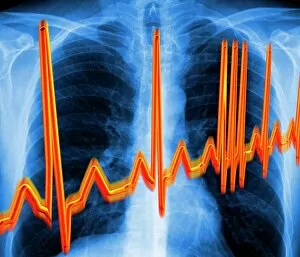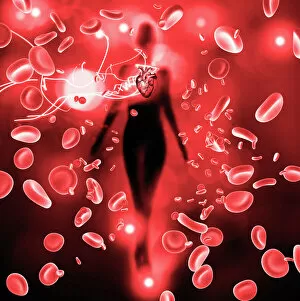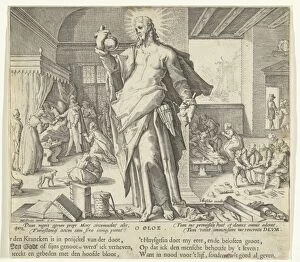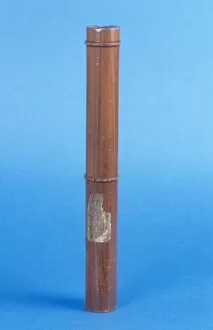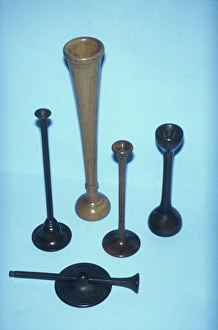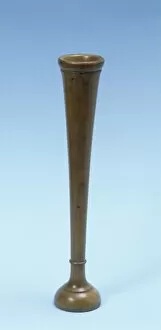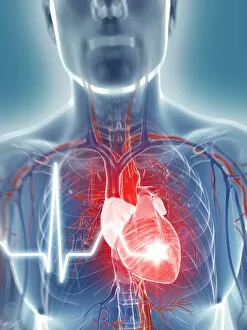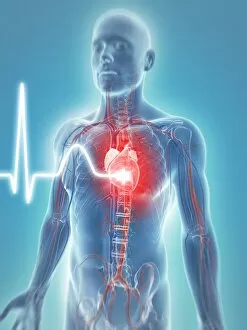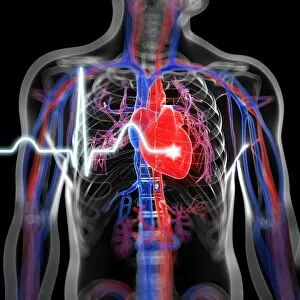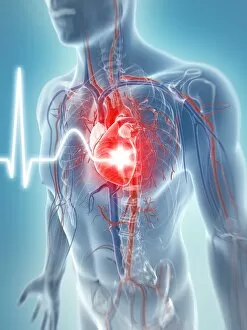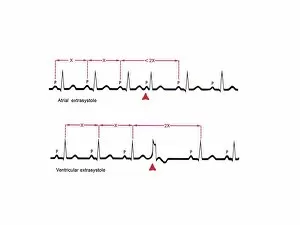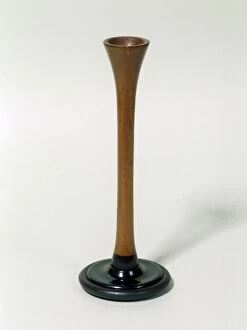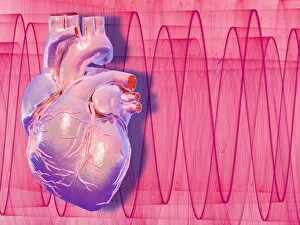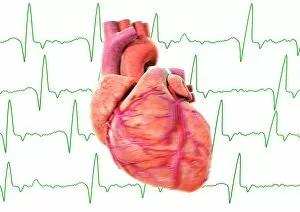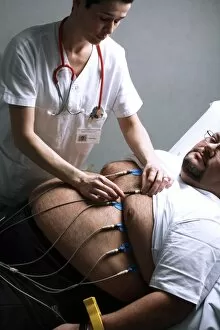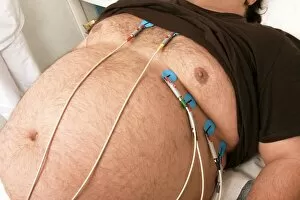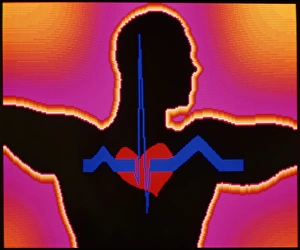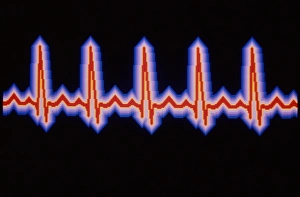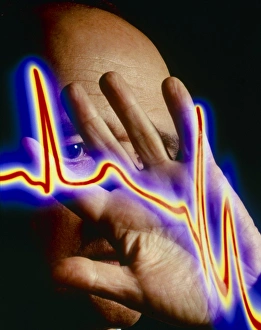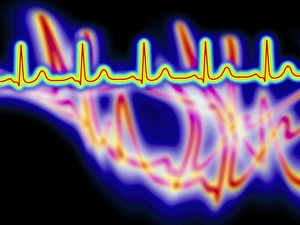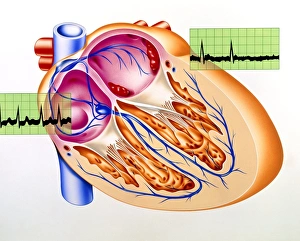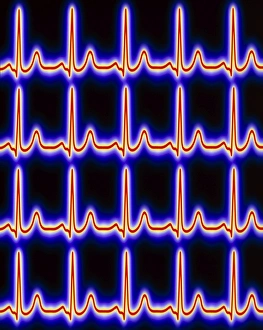Heart Beat Collection
"Capturing the Rhythm of Life: Exploring the Heart's Symphony" Intricate and mesmerizing, ECGs of a normal heart rate reveal the harmonious dance within our chests
All Professionally Made to Order for Quick Shipping
"Capturing the Rhythm of Life: Exploring the Heart's Symphony" Intricate and mesmerizing, ECGs of a normal heart rate reveal the harmonious dance within our chests. Like an artist's brushstrokes on canvas, these waveforms paint a vivid picture of vitality. Yet, not all heartbeats follow this rhythmic melody. Irregular heartbeat disrupts the symphony, causing concern and requiring medical attention to restore balance. At the core of this intricate system lies our life force – red blood cells tirelessly coursing through veins, nourishing every cell with oxygenated love. The heart acts as their conductor, orchestrating this grand performance. With pen and paper in hand, physicians throughout history have sought to understand and interpret these enigmatic beats. From Claes Jansz. Visscher's depiction of "The physician as god" in 1587 to modern-day ECG technology, humanity has strived to unravel the secrets hidden within each pulse. Even pregnancy holds its own unique rhythm. As expectant mothers' hearts beat for two lives intertwined, C018 / 1708 and C018 / 1709 capture moments frozen in time – a testament to the miracle unfolding within. Advancements in medical instruments have allowed us deeper insights into this symphony. Laennec monaural stethoscope from circa 1820 (C017 / 6951) and Piorry monaural stethoscope from circa 1850 (C017 / 6953) stand as relics showcasing our relentless pursuit of understanding those elusive beats that define existence. Just like militiamen reporting for training at South Staffordshire Regiment Training Depot march together towards a common goal; our hearts too synchronize their cadence when we connect with others emotionally or physically - reminding us that we are never alone in this journey called life. The heartbeat is more than just an essential physiological function; it is a profound symbol of life's vitality.

